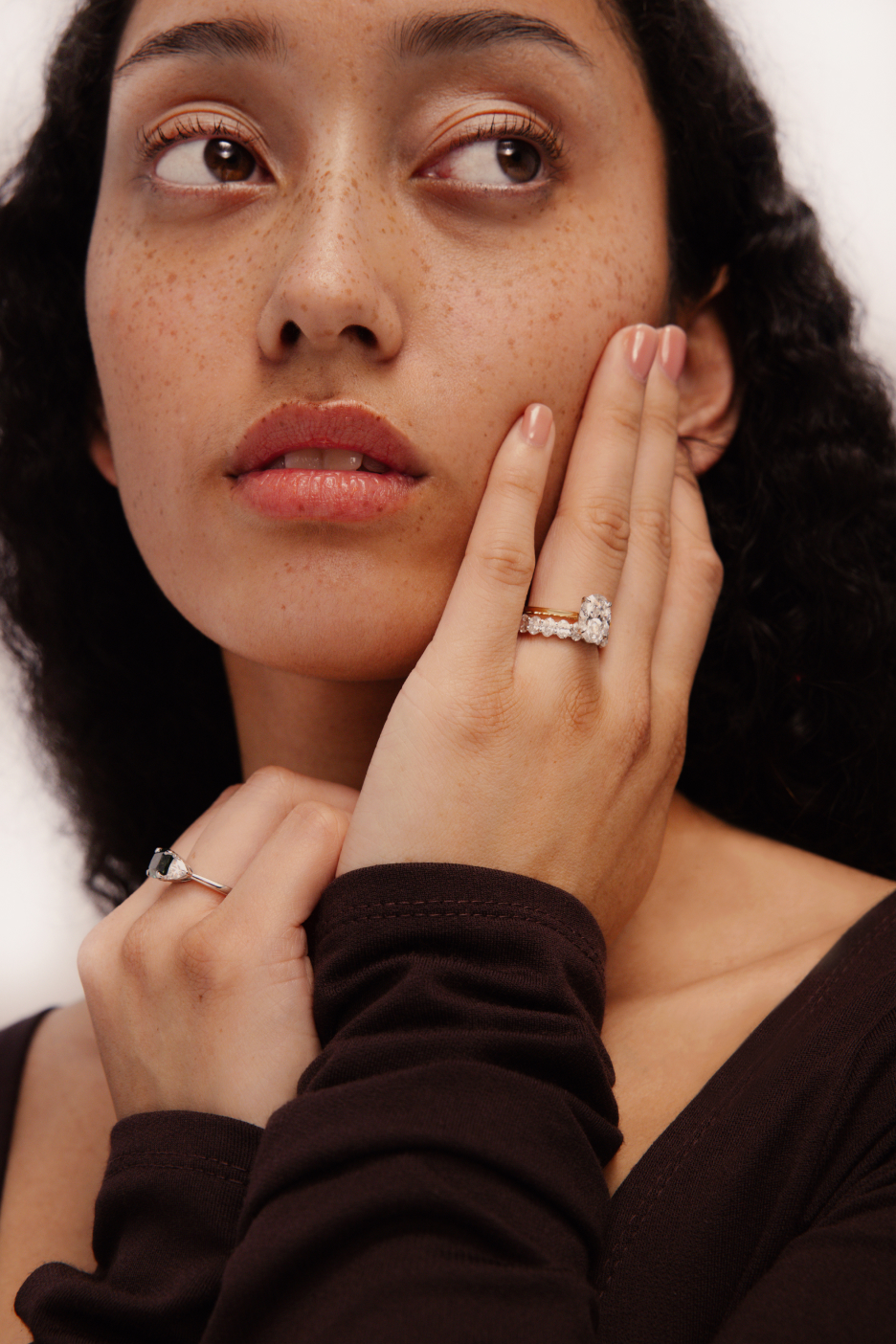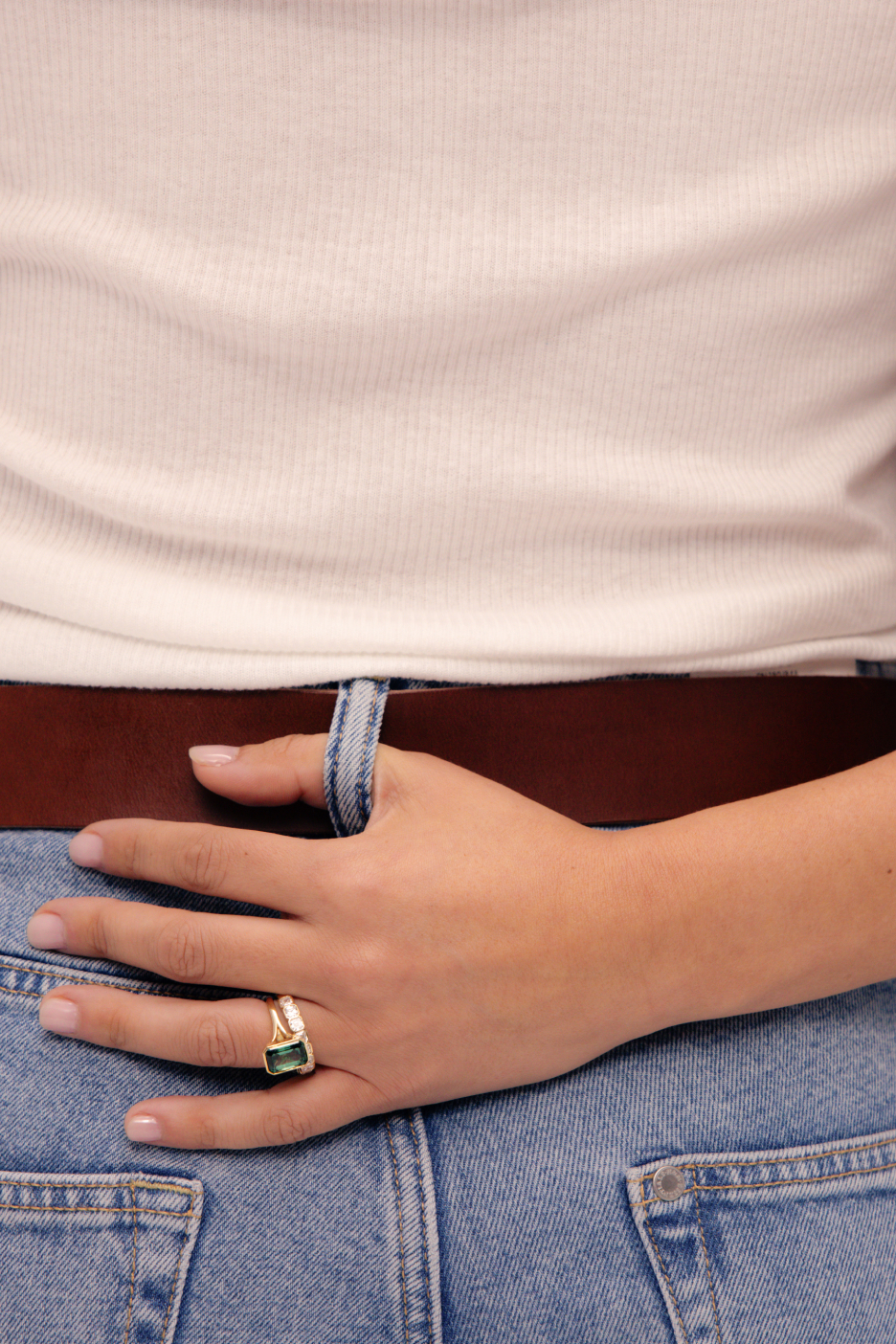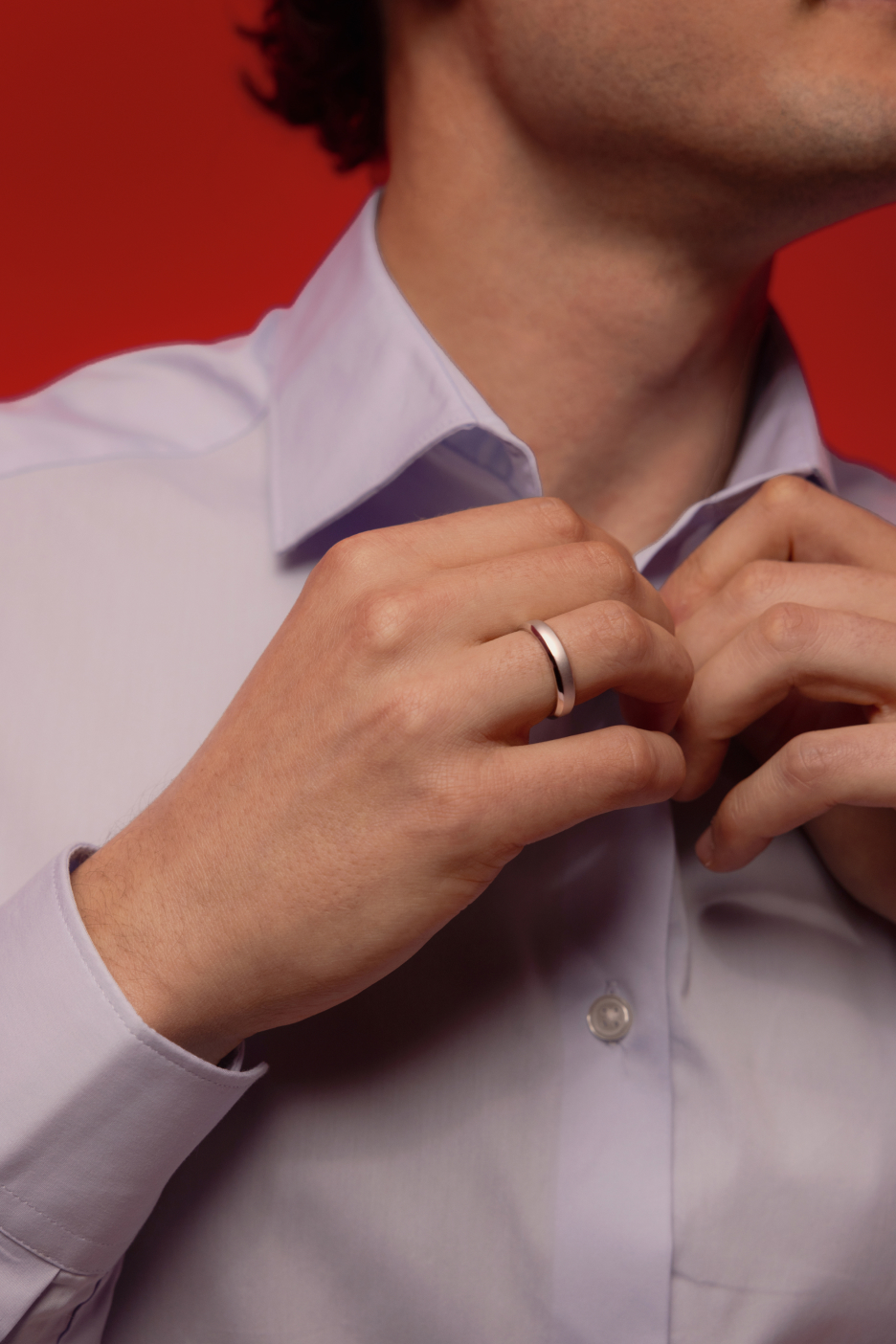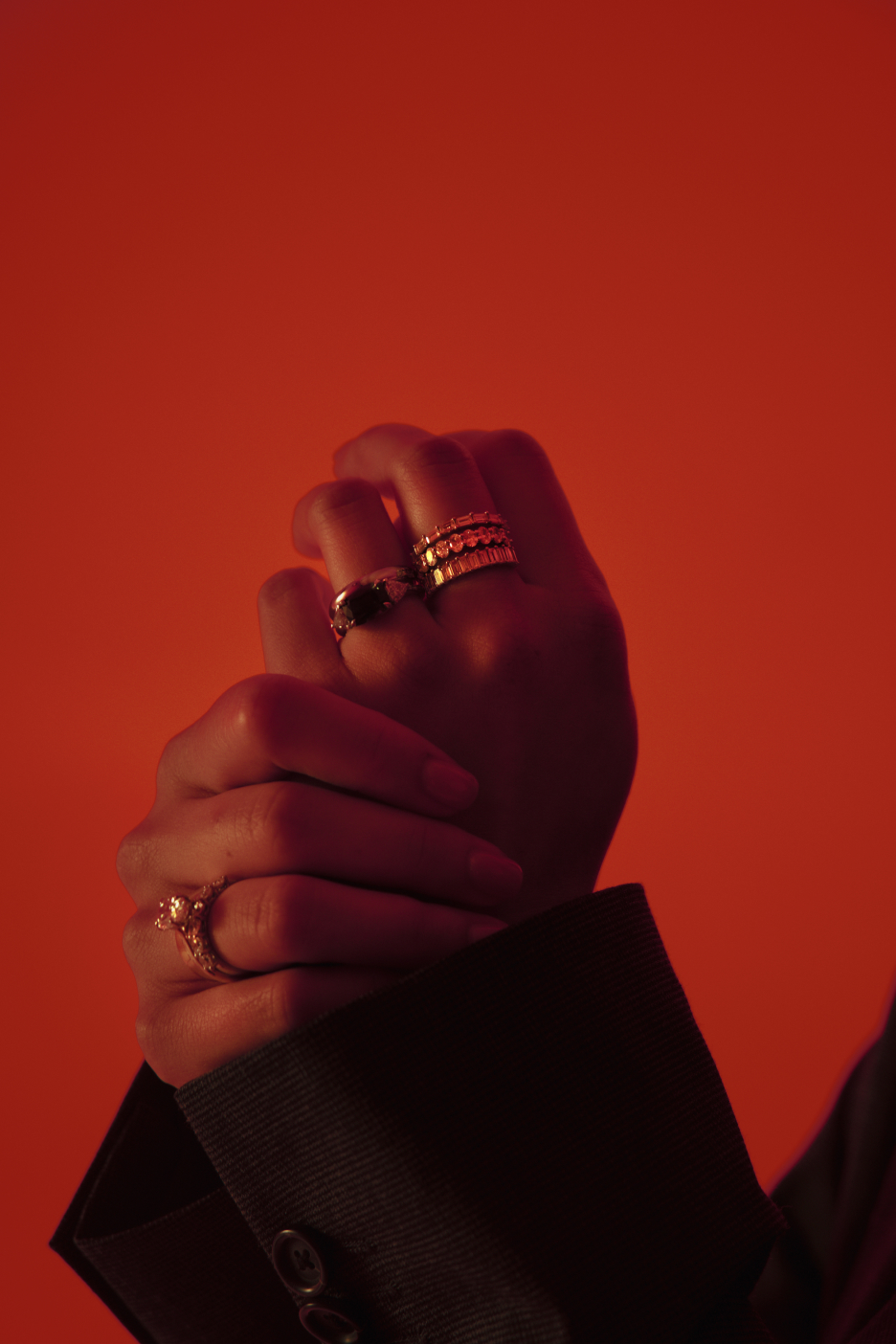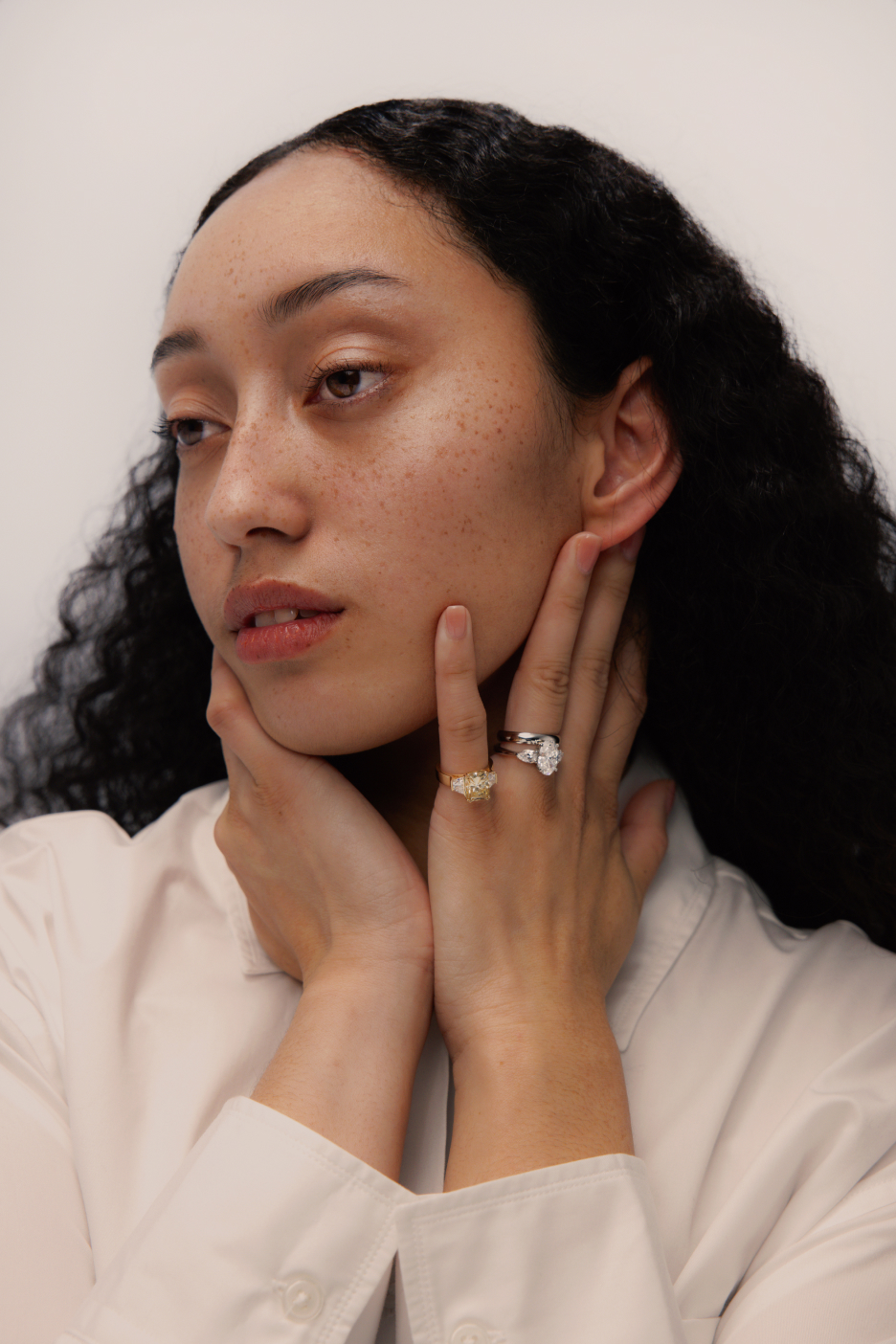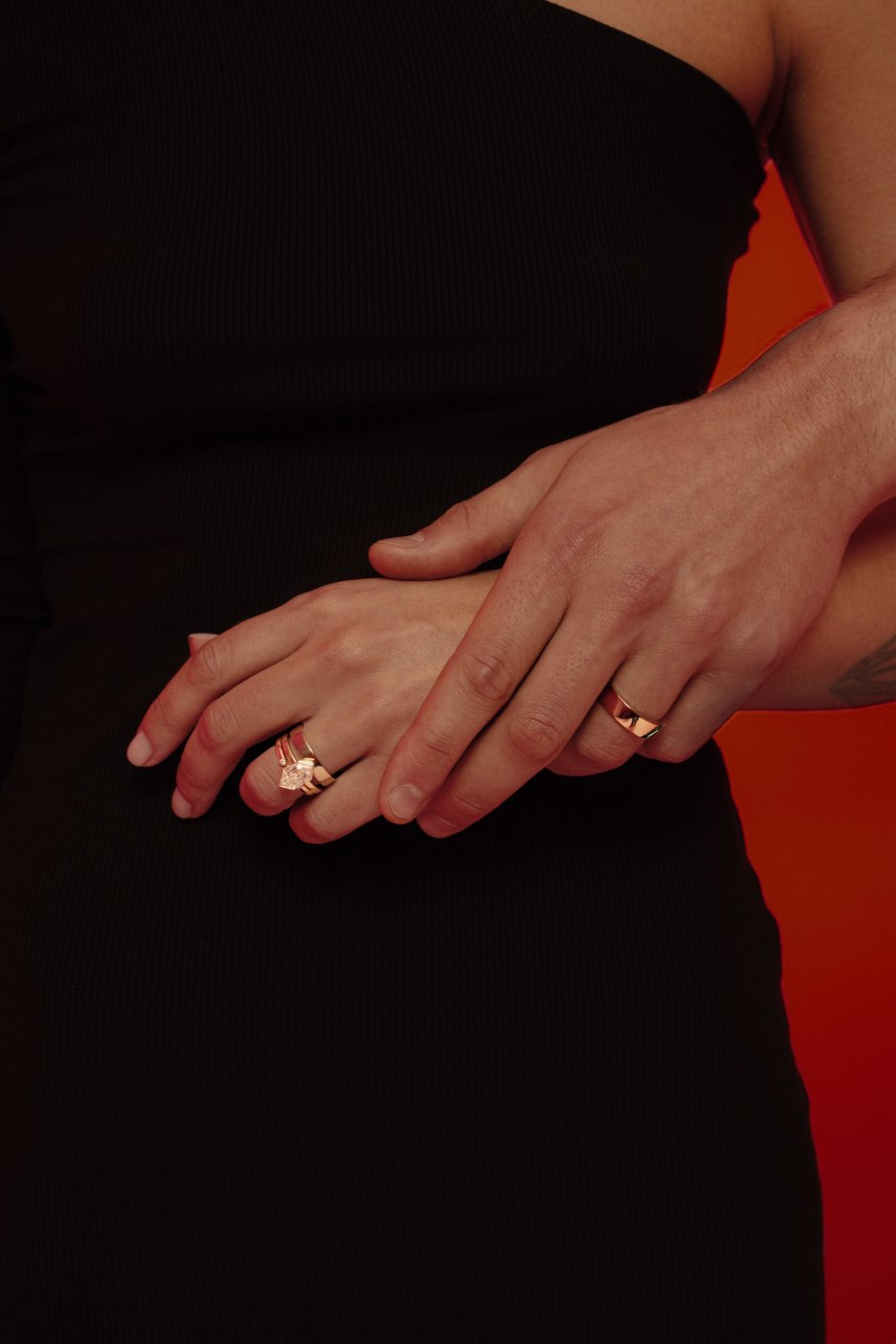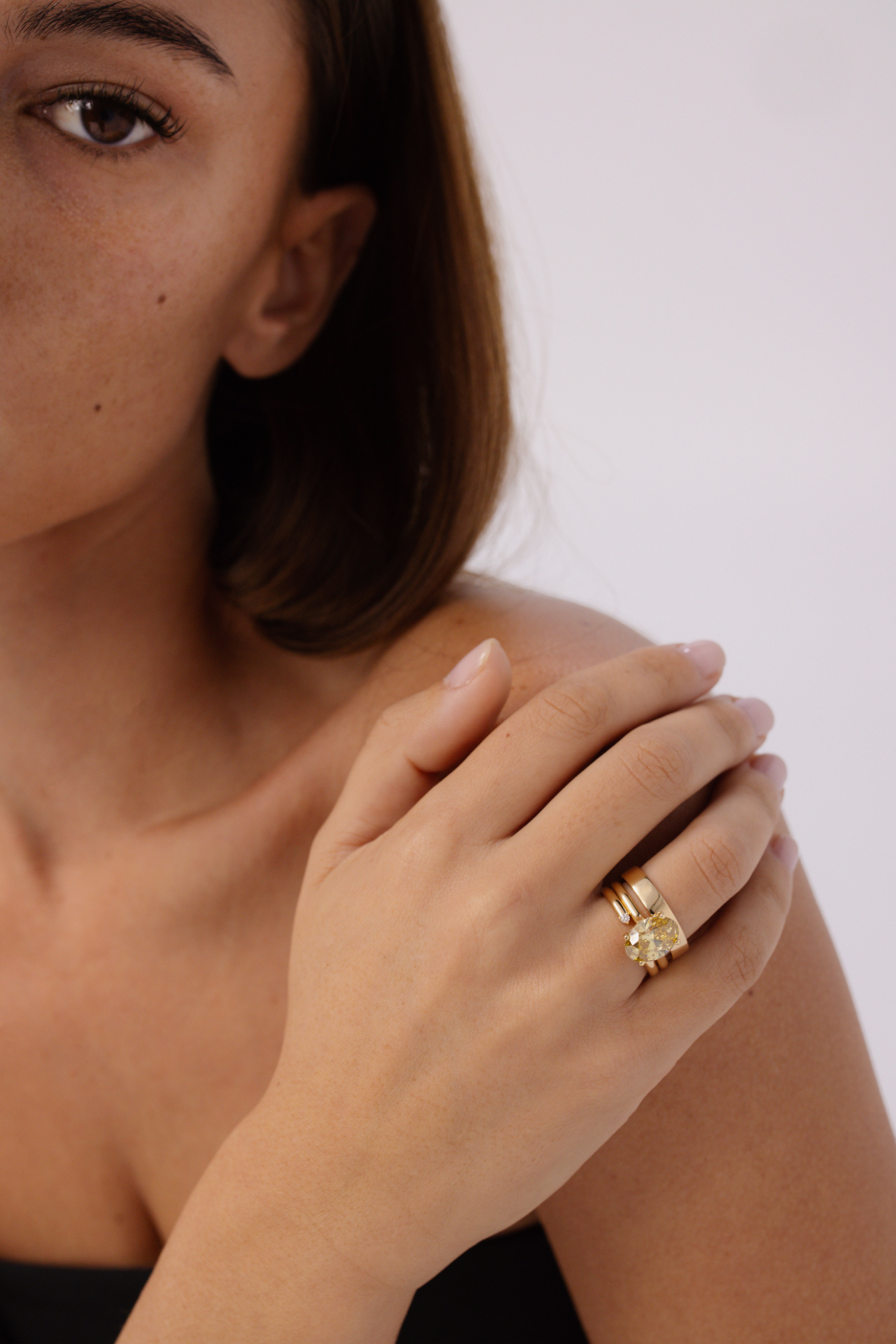Round Cut Diamond Engagement Rings | How To Choose The Best One In NZ

The Round cut diamond engagement ring is one of our most popular rings. They are especially known for their brilliance. But you can get caught out with a poor-quality diamond if you do not have your wits about you.
This article will walk you through what to look out for when choosing a Round cut diamond, and show you some of the designs that we have done.
Are Round Diamonds Sparkly?
Round diamonds have 58 facets and reflect white light really well (brilliance). So if you are looking for the most sparkle per carat, you can’t go past a Round.
Round cuts don’t suffer from windowing like Emerald cuts, nor do they suffer from the bow tie effect like Ovals.
In terms of sparkle, so long as you pay the closest attention to the quality of the cut, you can’t go wrong with a Round cut diamond.
Are Round Diamonds Symmetrical?
Just as a circle has infinite lines of symmetry, so does a Round cut diamond in terms of its shape. This also means that they have a 1 to 1 length to width ratio. Round diamonds are also less likely to get caught on clothes or hit against other objects unlike Emeralds and Marquise cuts. So if you are the person that arranges your crayons from light to dark and finds it oddly satisfying, then a Round cut is perfect for you.
Can a Round diamond be customised?
While many couples go for the classic Round cut solitaire (a ring with one diamond in the centre), Round diamonds are often featured in creative engagement ring designs. They can work well with asymmetrical and multi-stone designs.
Are Round cut diamonds popular?
Round cut diamonds are popular because of their versatility and symmetry. And because they are the shiniest cut, it often makes it an easy choice. In fact, around 60% of all diamond rings sold are Round cut!
- They are incredibly versatile and can work in any setting (e.g. solitaire or multi-stones).
- The cutting process means that only 40% of the diamond is actually used after the cut and polish process. Other cuts like the Princess cut uses up to 80% of the diamond after cut and polish.
If you have a budget in mind, make sure you put more weight on cut and clarity over carat size. It is better to have a smaller but sparkly Round diamond than it is to have one that looks large and lifeless.
Round cuts have a standard cut grade (other diamond shapes do not). You want to ensure you have an Ideal cut for the most possible sparkle.
Are Round diamonds out of style?
Round diamonds are still one of the most popular diamond shapes. While Ovals and Cushion cut diamonds are trending right now, the round diamond is the epitome of a classic design.
Are Round diamonds traditional?
The perfect round shape was always the goal when it came to diamonds. During the Victorian, Edwardian and Art Deco eras, the Old European cut was the most popular. This was the predecessor to the Round cut diamond. The Old European cut was also circular but with fewer levels of internal symmetry.
It was only in 1919, after the publication of Diamond Design: A Study of the Reflection and Refraction of Light in Diamond did the modern-day Round cut diamond come into being. The book brought to light the ideal cut aspects of a Round cut diamond and it is still the standard today, but with greater precision as technology has since improved.
The difference between an Old European cut and a Round cut has to do with its facets. The Old European cut has kite-like facets whereas the Round cut has more triangular ones.
This has an impact on colour and brilliance. Old European cuts bring out the colour of a diamond, whereas a Round cut brings out the sparkle.
Are Round cut diamonds the best?
Round diamonds are the shiniest and most popular diamond cut but when it comes to being the best, that is a matter of opinion.
Which is better, Round, Emerald or Oval?
Emeralds and Ovals appear larger than Round cut diamonds. This is because of its surface area to depth ratio. The idea behind a Round cut diamond is to maximise the diamond’s sparkle. Ovals for example have a 9% larger surface area than Round diamonds. So while you may not get the biggest-looking stone with a Round cut at a per-carat equivalent, it will be more sparkly.
The Round Cut and the 4Cs
Cut
Cut is one of the most important things you need to pay attention to when it comes to Round cut diamonds. It determines the diamond’s proportion and sparkle.
There are three components that go into cut:
- Proportions (this includes the depth and angle of its facets)
- Polish
- Symmetry
1 What is the best Round cut proportions?
When looking at a Round cut proportion there are a few things that go into it, all pointing towards how the diamond is cut to maximise sparkle.
For a Round cut to have Ideal proportions (the best grade) it should have the following:
- Table percentage: 54-57%
- Depth percentage: 61.0 - 62.5%
- Crown angle: 34 - 35 degrees
- Pavilion angle: 40.6 - 41 degrees
- Note: You can have Ideal Cut diamonds outside of these boundaries, but it depends on a number of other variables. Make sure to work with an expert jeweller if you are aiming for ideal proportions.
2 What is the best Round cut diamond polish grade?
Polish is defined as the smoothness of the surface of the diamond. A Round diamond with Excellent polish has no polish defects at a ten times magnification. Even if a Round diamond has minor polish defects that aren’t visible to the naked eye, it can impact how sparkly the diamond looks.
3 What is Round cut symmetry and how is it graded?
Diamond symmetry is about how exact the diamond shape is. This includes the alignment of the facets, and the facet being identical in shape, size and proportion — meeting at the girdle. The best grade for symmetry is Excellent.
A Round cut diamond achieves Excellent when the facets are identical, perfectly meeting at the girdle and are symmetrical. The higher the level of symmetry, the more sparkly and aesthetic the diamond will be.
4 Why aren’t all round-cut diamonds cut perfectly?
Cutting a diamond to an Ideal standard means sacrificing on carat weight — having the stone as big as possible. Many stones are not cut to an Ideal standard because most jewellery is predominantly priced on carat weight and not so much on cut. When we select Round cut diamonds, we ensure you get the maximum sparkle for whatever carat you choose.
In lab grown diamonds, the cut quality of diamonds is much higher because cutters aren’t as worried about preserving the weight.
Clarity
Clarity is the measure of the number and size of inclusions on the diamond.
Round diamonds hide inclusions well. But don’t ignore clarity. The main thing is your stone is ‘eye clean’. This means you can’t see any inclusions with the naked eye.
The easiest way to ensure this is to pick diamonds with VS2-graded clarity or higher. VS2 is the standard you can’t see any inclusions without a microscope. This ensures that you get the best looking diamond that the eye can see for your budget.
While you may find eye-clean diamonds at lower grades, this can be a time-consuming process filtering with 1000s of diamonds.
At Four Words we only use diamonds that are VS2 and higher.
Colour
Because round cuts have a lot of sparkles, they tend to ‘hide’ their colour. This means you can opt for a lower colour grade and still have your diamond appear nice and white. This can be a good way to save a bit of money if you’re on a tight budget.
At Four Words, we use lab grown diamonds so you don’t need to compromise on colour even if you’re on a budget.
All our diamonds have a minimum colour of G, meaning you’ll always get an icy white stone. This is the standard that we use at Four Words.
Carat size
Carat size is where most people make compromises, due to diamond prices. While Round cut diamonds are forgiving in colour and clarity, there are two reasons why people still compromise:
- It takes more diamond rough to produce a Round diamond. They are more expensive per carat than other shapes.
- For the same carat weight, Round diamonds look smaller than other shapes like ovals and emeralds.
If you need to compromise on size, it is better to work with a smaller diamond that is well-cut. The problem with only focusing on carat size is you will get a giant stone that looks dull and lifeless (you might as well use a rock instead).
The great thing with lab grown diamonds (like we use here at Four Words is you don’t need to make compromises (on colour, clarity or even carat), compared to a mined diamond.
For the same price, you can get almost a stone twice as big as a mined diamond.
Bonus feature: Hearts and Arrows
Hearts and Arrows diamonds are cut in a way that eight hearts can be viewed from the bottom of the diamond, and eight arrow shapes can be viewed from the top.
Aside from being aesthetically stunning, the diamond is cut to maximise brilliance.
The faceted design of the hearts and arrows diamond is only visible through a special tool called an ASET scope (the red images). Meaning, the signature cut cannot be detected by the natural eye on a regular day.
The pattern is also difficult to capture in images once the stone has been set in a ring. For this reason, some consider the Hearts and Arrows effect to be a nice gesture, but one that doesn’t have any practical implications.
Most Ideal cuts and some Excellent cuts will have hearts and arrows but without the official grade. It is in the grading and verification that the cost increases.
When picking our diamonds, we aim to always get this effect (even if not officially graded with Hearts & Arrows).
If you specifically want a verified hearts and arrows diamond, then make sure you talk to your jeweller.
Round Cut Engagement Ring Designs
At Four Words, we only do bespoke work. This means that we design each ring specifically for each client.
When we design Round cut engagement rings, we put a lot of emphasis on balance especially if our client is keen on symmetry. However, if our client is looking to do something more creative, we ensure the design has a good composition.
The classic Round solitaire with a simple band
You can’t go past a classic. Many of our clients that get a ring made in this design are looking for something simple and elegant.
Add a twist to a classic
While many of our clients have come to us wanting a solitaire Round diamond, it doesn’t mean that they want something simple. A couple of our clients have looked to innovate with their bands.
We found this engagement ring so interesting we wrote a case study about it.
One of our other clients also explored the idea of twirls in their band to complement a simple solitaire Round stone.
Use gemstones in interesting ways
Not all Round cuts need to be in diamond. Here is an example of three Round stones using Green Moissanites.
Use pavé and halos to layer on the sparkle
Pavé are small diamonds that run along the band. This is a great way to add oomph to a Round cut diamond, especially if you decide to go for a smaller stone.
Halo engagement rings features diamonds around the centre stone.
You can tone sparkle and sophistication up or down depending on what you and your partner like.
We go through a rigorous process in ensuring that our clients make the best design choices for them and you can see how we go through that in our case study.
Use accent stones
Using accent stones can also add oomph to your Round cut centre stone. Three accent stones on each side add even more sparkle to an engagement ring.
Where to next?
The Round diamond ring is one of our most popular diamonds. And if you are considering designing one, we would love to help you do that. We exclusively use lab grown diamonds and gemstones, and we are also 100% ethical, and climate positive. We have also written case studies on a pavé and twisted band Round cut diamond if you would like to see how we work with our clients.
